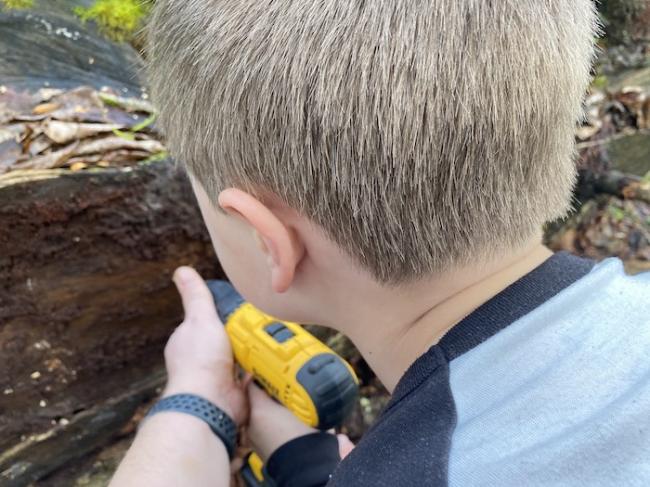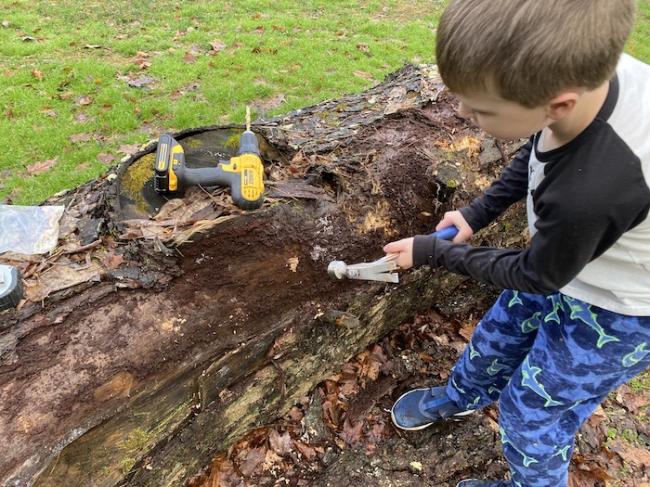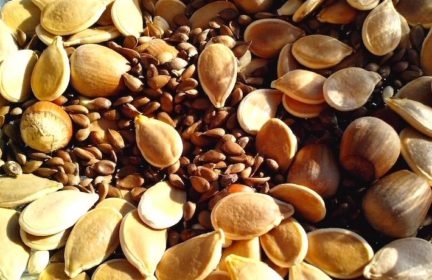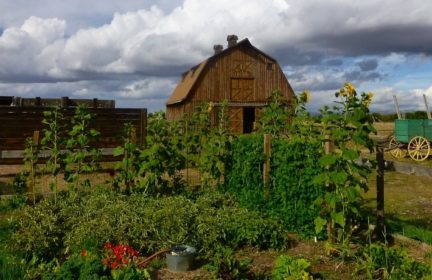An experiment in growing mushrooms
A couple of years ago, some large trees fell in my neighbors’ field. I had meant to chop the logs, but never got around to it and they started to rot. Then I got the idea from Ben Falk’s The Resilient Farm and Homestead to use them for growing mushrooms.
If you haven’t grown mushrooms before, they’re different from growing plants. Instead of growing them in soil, you grow them in a substrate, usually some sort of wood like logs, sawdust, or wood chips. Instead of seeds, mushrooms are planted with spore-inoculated wood, either plugs or sawdust depending on the type of mushroom.
While it’s doubtful you’ll live exclusively on mushrooms, there are some compelling reasons to grow them. Primarily, they’re pretty low maintenance once they’re established and will return season after season. Some will come back for longer than others and some take longer to start growing than others.
For our experiment, I ordered 25 golden oyster plugs from Etsy for $10. The golden oyster mushrooms are reportedly easy to grow and easy to identify. You can find much bigger deals on larger packs of plugs, either of one type or a variety. I wanted to keep our initial experiment focused and cheap.
I should say up front that we didn’t do things exactly by the book. Here’s how you’re supposed to plant mushroom plugs:
- Cut down a small-diameter tree.
- Soak the log or logs in water.
- Drill holes in the log(s). The pros inoculating a lot of logs recommend an angle grinder with a special attachment over a drill, as it’s faster.
- Drive the plugs into the holes with a hammer or mallet.
- Coat the holes and each end of the log with melted wax to hold in moisture and keep out competing organisms.
I didn’t use a fresh log, but there wasn’t any visible fungi growing on it. And I wasn’t concerned about moisture because it’s in a shady spot next to a creek and practically dripping with moisture. So I opted out of using wax.
I took my oldest son out with a drill, a hammer, and the plugs. He cheerily used the claw end to knock bark off the log while we took turns drilling holes and hammering in plugs.
-
Comments (7)
-




